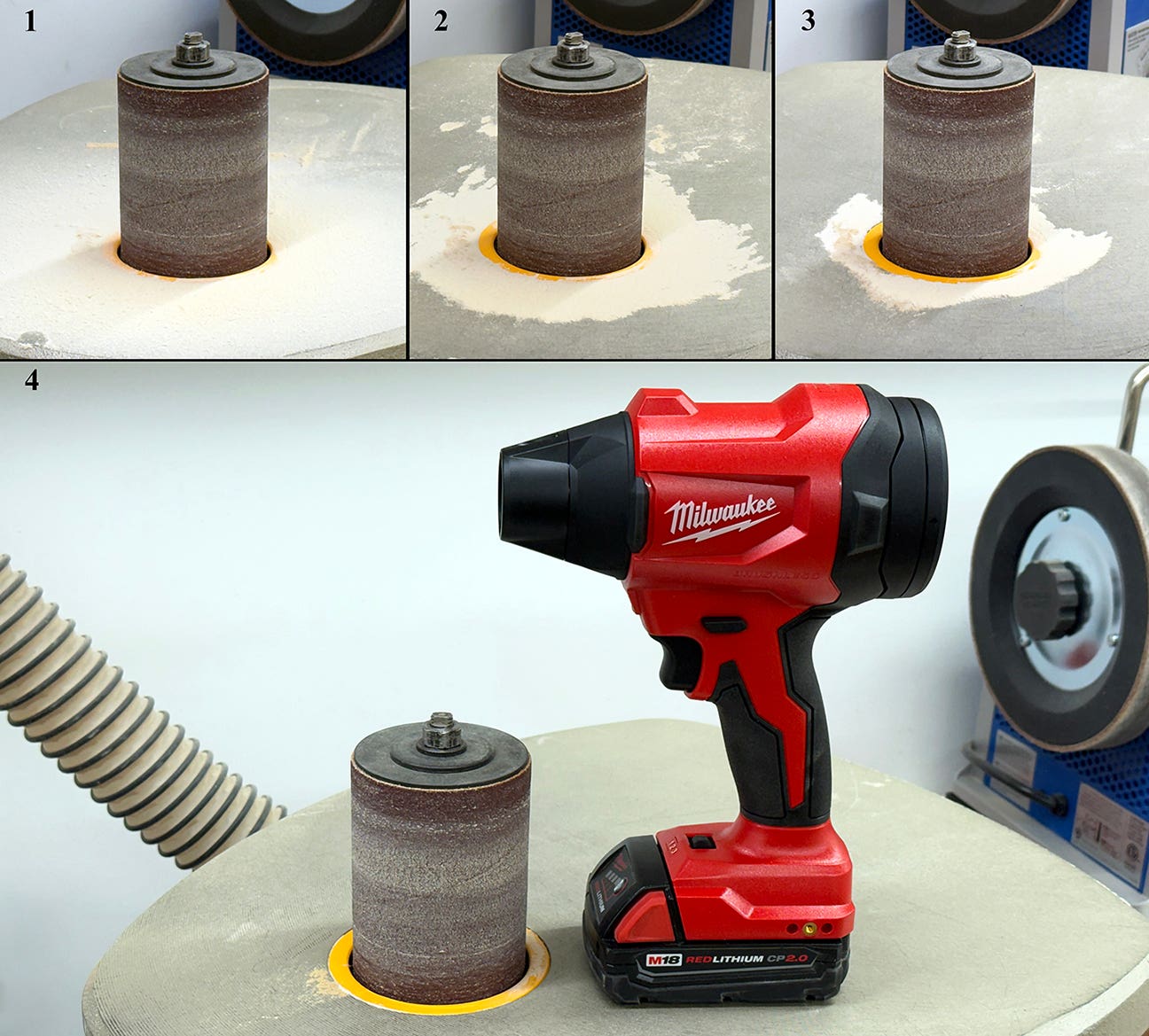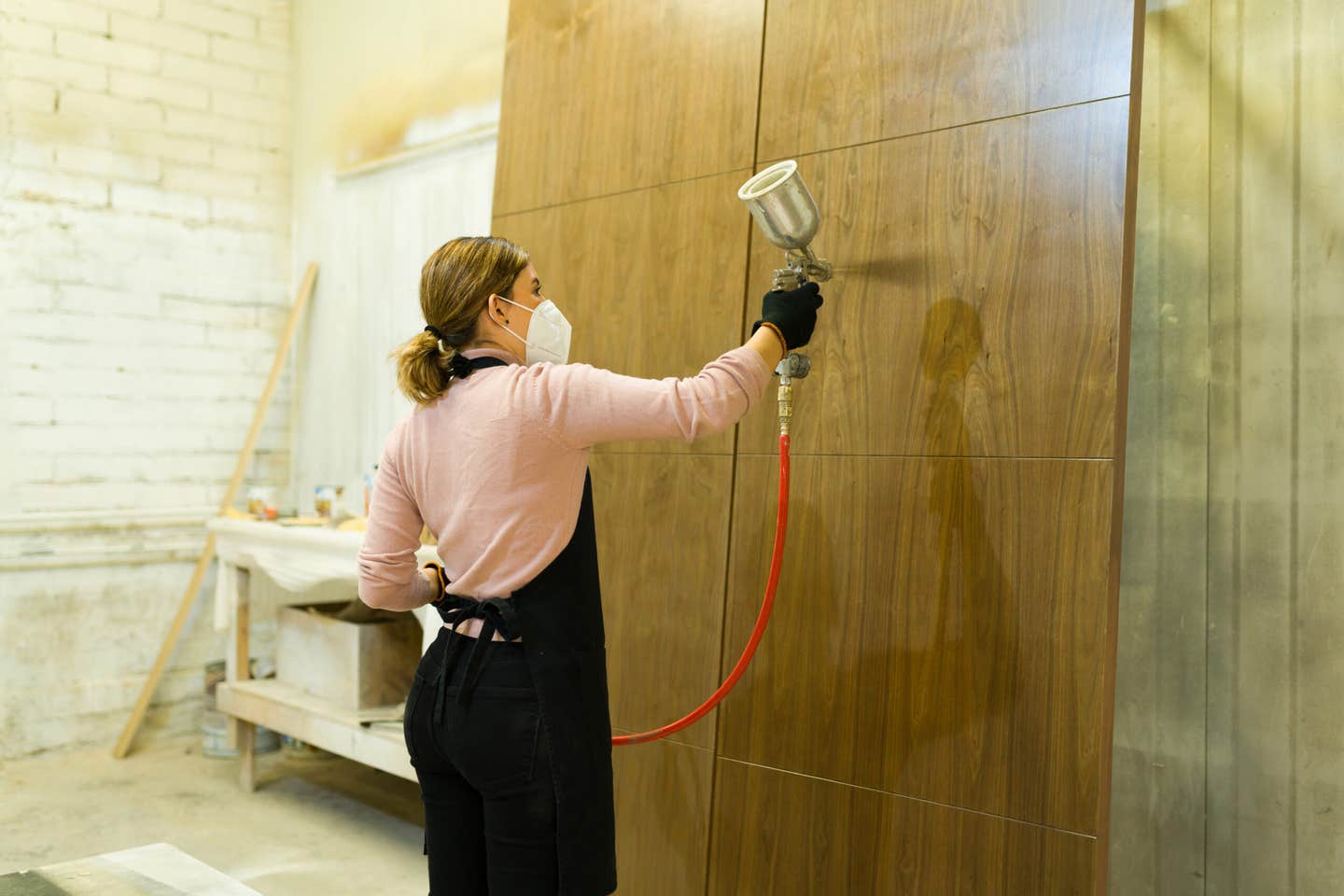Having an accident – step by step
When you’ve had a shop accident, it’s human nature to react in a precise series of steps. I’ve given this some thought and here’s what I’ve come up with. First,…
When you’ve had a shop accident, it’s human nature to react in a precise series of steps. I’ve given this some thought and here’s what I’ve come up with.
First, I’ve not had an accident. However, I had a band saw blade break the other day – not uncommon but always terrifying – and it occurred to me that my reactions closely followed those of a more serious accident. Now, everything relates directly to the nature of the accident; your reaction to being hit solidly in the forehead with a 2x4 is going to be far different from jamming a splinter under a fingernail. But assuming you haven’t been knocked unconscious it’ll likely go like this:
1) Shock. The bang, the noise, the impact or whatever has a stunning effect. For a split second or two, you have no idea what just happened. You freeze. It’s too soon for either pain or analysis to kick in.
2) Realization. If there’s pain, now it makes itself known. If there’s not, you immediately start assessing what happened.
3) Panic. Concurrent with the previous step, your heart races, maybe you get lightheaded for a moment, your mouth is dry, a sudden chill descends over your whole body.
4) Shock, Part II. Only seconds have passed, but now there’s some understanding of what happened and you’re often shocked a second time with one of two things: How seriously you’ve been hurt, or that you’re not hurt at all.
5) Reaction. It seems odd, but only now will you move. You’ll jerk your hand back, either reacting to pain or to an innate sense of protection. If you’re thinking clearly you consider countermeasures (turning off the machine, addressing an injury, stepping back, etc.)
6) Understanding. Still only seconds have passed, but now you fully realize just what has happened and start taking measures. If you’ve been injured, that’s what you’ll instantly address. If not, you begin looking for an injury, followed by a logical examination of what has occurred. Once begun, how long this step lasts is determined by your specific circumstances. For a simple accident with no injury or serious shop damage, this step may last only a few minutes. The amount of time goes up with the severity of the occurrence (and injury).
7) Reflection. No matter the seriousness of the accident, this is always the final step and is really dozens of other steps – remorse for carelessness or stupidity, analysis of what happened, preventive measures, equipment or technique improvements or adjustments, sadness if an injury, thankfulness if not, etc. Hopefully, this last step doesn’t also include a lengthy recovery and healing process.
A.J.
A.J. Hamler is the former editor of Woodshop News and Woodcraft Magazine. He's currently a freelance woodworking writer/editor, which is another way of stating self-employed. When he's not writing or in the shop, he enjoys science fiction, gourmet cooking and Civil War reenacting, but not at the same time.







